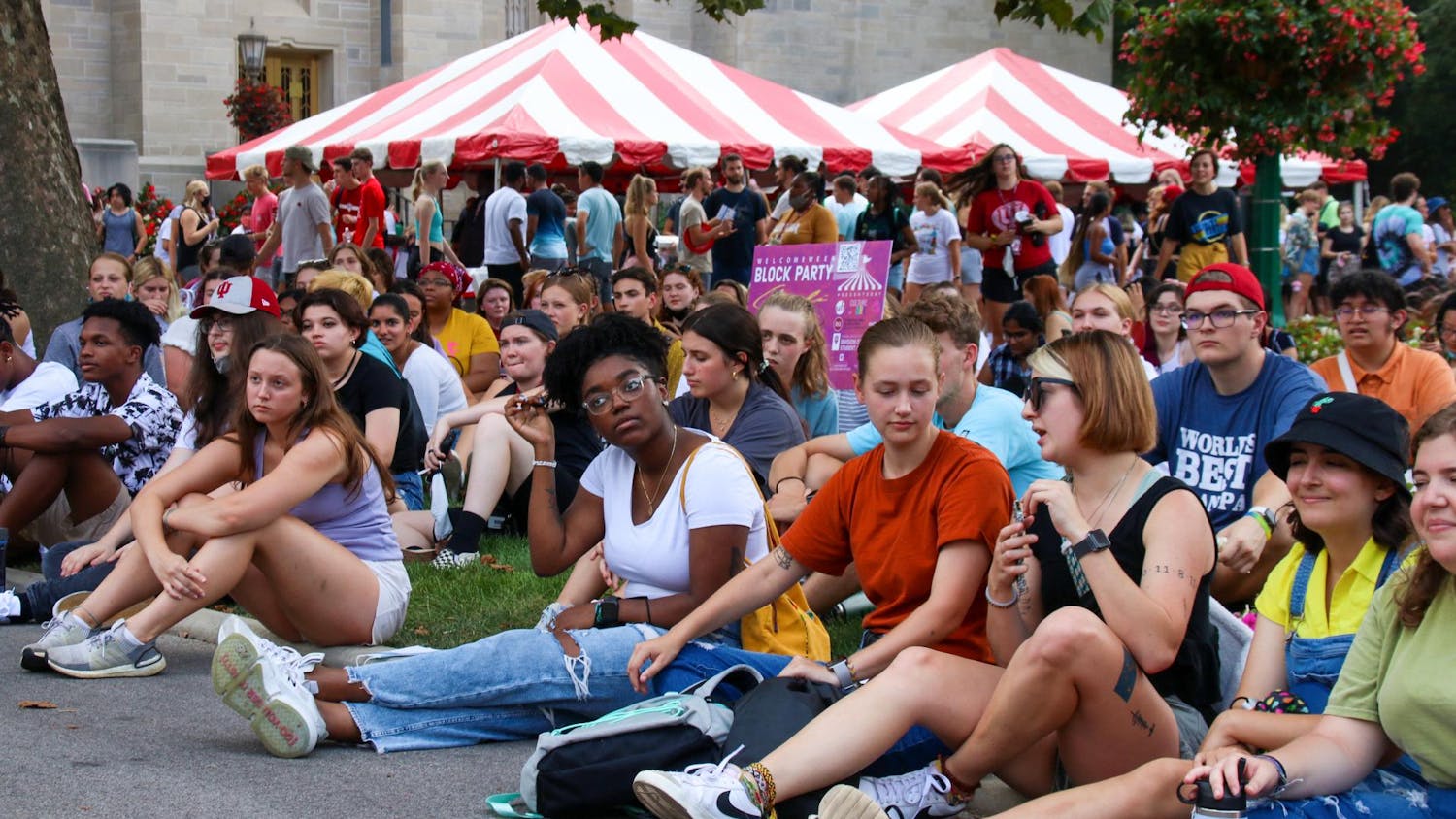Nancy Hiller makes cabinets – partially because she was a rebellious, free-minded stepdaughter, partially because she dropped out of the United Kingdom’s University of Cambridge, and definitely because she’s damn good at it.
In a free talk at 7 p.m. today in the Monroe County History Center, Hiller will further discuss the role of Hoosier cabinets within the context of woodworking and home furnishing, how they were sold and marketed and how they contributed to turning the United States’ economy from one grounded in production to one grounded in consumption.
The Southern Florida native lives and works in Bloomington, but before age 12 she relocated to England with her mother and sister after her parents separated. After completing middle and high school abroad, she began studies at the University of Cambridge, dropped out and went to work in a factory.
At that point, cabinetmaking had not been one of her considered career routes.
“My mother had always been very handy,” Hiller said. “Although she didn’t teach me to do woodworking in particular, I’m sure her example had a profound influence. After I dropped out of Cambridge, I went and worked in a factory and quickly decided I was not going to want to keep doing that forever.”
Hiller recalled a “dare” – a word she later revoked – from her stepfather to take woodworking class. She had always been making furniture of her own for personal use, but not with any specific technique or dependable tools. After considering that carpentry was something she genuinely enjoyed, and that she wasn’t going to yield to her stepdad’s challenge, Hiller enrolled in a traditional furniture making course run by the City and Guilds of London Institute.
“When I say he ‘dared’ me, he didn’t really,” she said. “He said, ‘Nance, you’re useless – why don’t you take a carpentry class?’ That is the exact thing that happened. At first it was very difficult and I didn’t think I would learn to cut a straight line, but I had to persevere.”
After graduating with a certificate in traditional furniture making, Hiller went on to work for an art school graduate who had started a local kitchen cabinet company. She later worked for a second English cabinetmaking firm.
In 1987, Hiller came back to the U.S. and eventually found her way to Bloomington, where she has operated NR Hiller Design Inc. since 1995 while attending IU, taking subjects ranging from religious studies, ethics and peace studies through the Individualized Majors Program.
“She is the most amazing person in terms of how many different things she knows – a cabinetmaker, religious studies student, just a very diverse human being,” said Nancy Hiestand, historic preservation manager for the city of Bloomington housing and neighborhood development department.
Hiller remodeled Hiespand’s kitchen and the two have known each other for 10 years.
Hiller’s first book, “The Hoosier Cabinet in Kitchen History,” was published by IU Press this March. In his review, writer Johnny Grey calls Hiller “a rare beast of a cabinet maker, scholar and writer,” adding that the book a must read for anyone interested in American kitchens.
“The Hoosier cabinet is a specific form of cabinet which was developed at the end of the 19th century,” Hiller said. “Because it was most successfully marketed and manufactured by the Hoosier Manufacturing Company, which is based in Newcastle, Ind., the cabinet form came to be known as a Hoosier cabinet later on.”
In the 1920s and ’30s, such cabinets were usually referred to simply as “kitchen cabinets” or “Hoosier kitchens.” They streamlined the once arduous task of kitchen labor by functioning as both a consolidated storage area and workplace – women could now store their food, prepare it and cook it in the same location.
“They were marketed to men in men’s publications as ‘labor savers’ that would ensure that a man’s wife would not be tired at the end of the day,” Hiller said. “To women they were marketed as modern innovations that prevent her from working so hard and help her preserve her youth. The social realities underlying how these cabinets were marketed are very interesting.”
Woodworking topic of discussion tonight at County History Center
Get stories like this in your inbox
Subscribe





